How to build a Faraday Cage--it doesn't need to be big.
0 Comments
At the top of the hill: The precious wifi signal’s destination, at the bottom of the hill. http://www.milkwood.net/2011/07/08/diy-remote-area-internet/
DO NOT PAY FOR INTERNET OR PHONES AGAIN!!
Radio 101: Operating Two-Way Radios Every Day and in ...
govbooktalk.gpo.gov/.../radio-101-operating-two-way-radios-every-day... Jul 10, 2013 - Two-way radio communication may seem like a thing of the past with ... are not private on these open channels and may be heard by others picking up your frequency. .... It takes committed folks like yourself to get the word out about great ... Executive Branch, Family, Federal Aviation Adminstration (FAA) ... Reviews of the Best Two-Way Radios for 2016
How-To Optimize the Range of your Talkabout Radio video
The Best Kept Secret in Radio Communication
|
Buffalohair - Jage Press.
Buffalohair - Jage Press The Kota (Soft) Side of Mother Earth
Ham Radio / 2 Way Radio / Energy/BUG Out AuthorTrying to find Factual Information on these subjects! Thank You! Archives
February 2018
Categories |

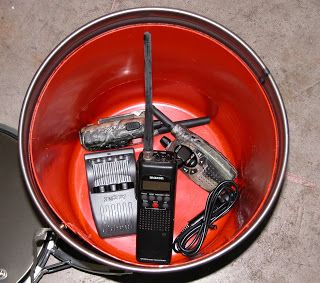
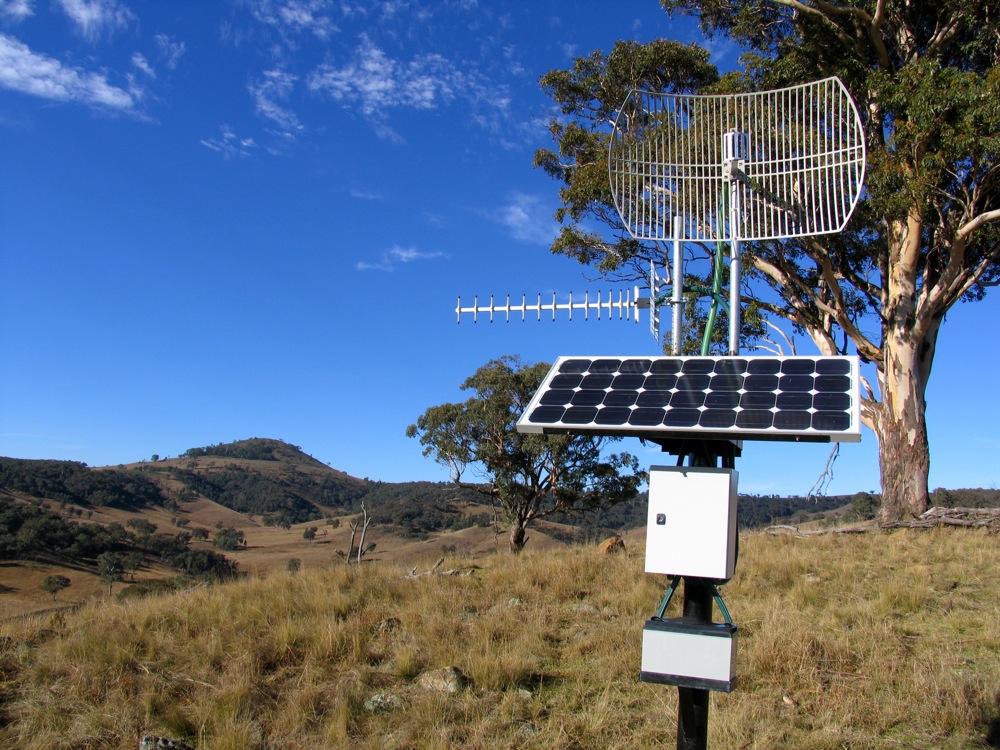
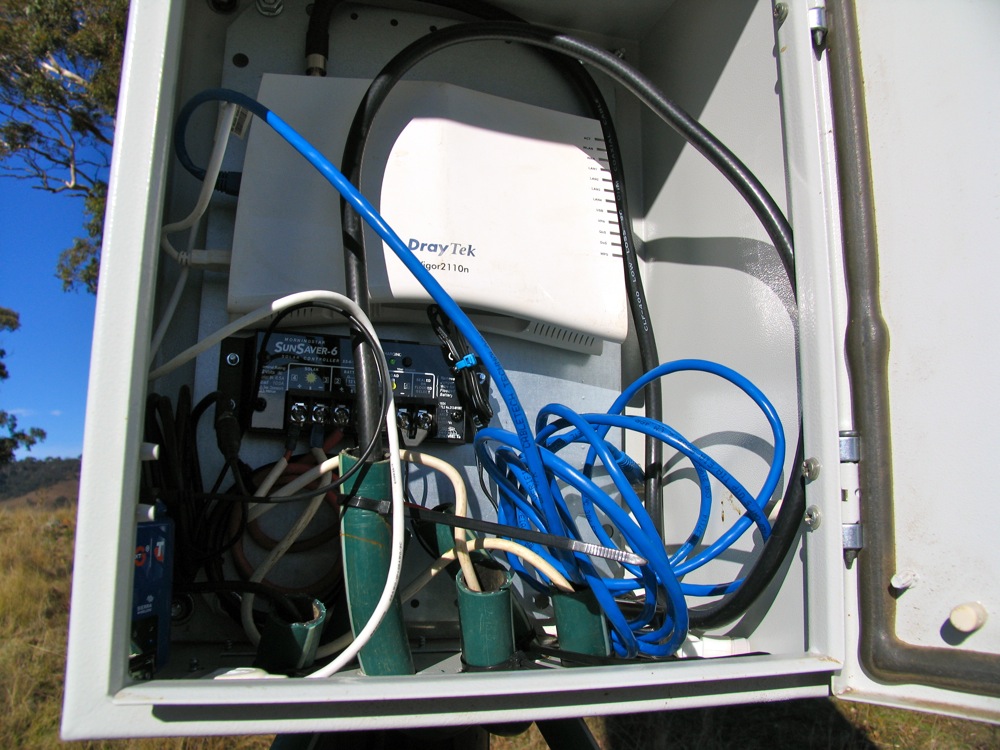
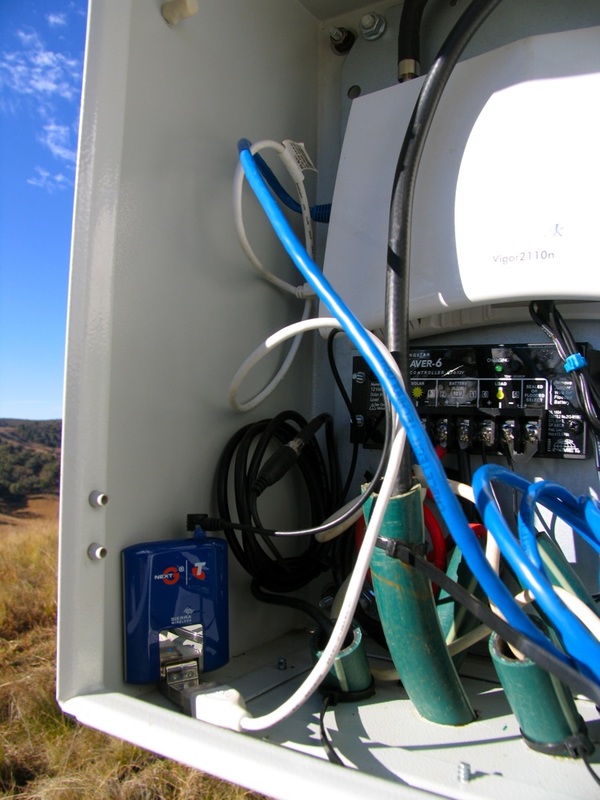
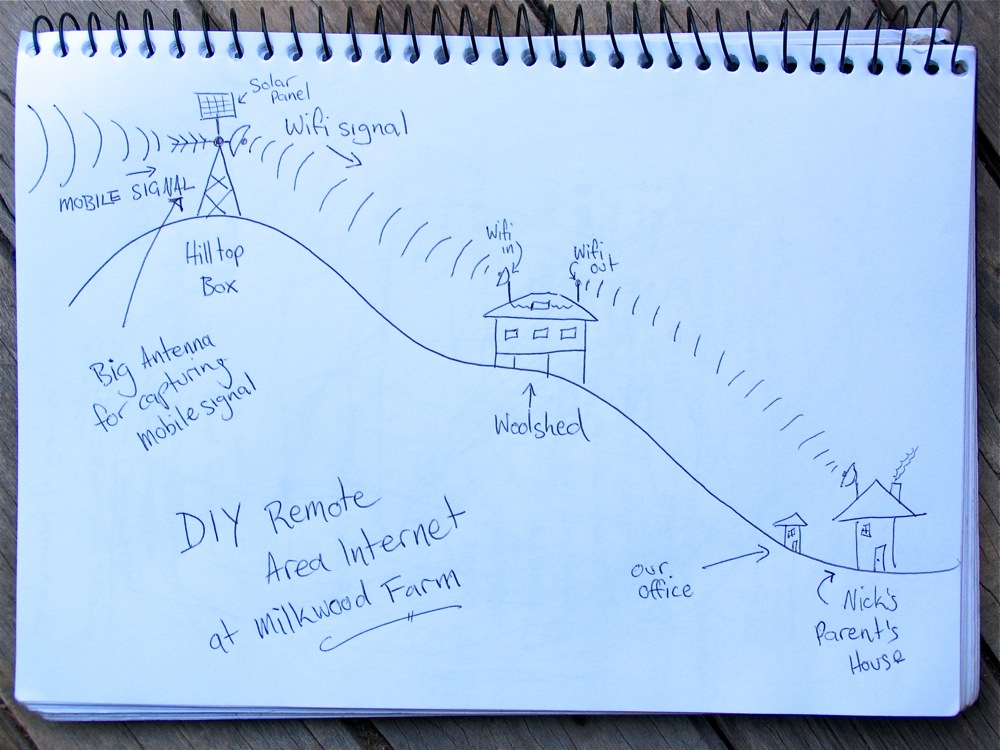
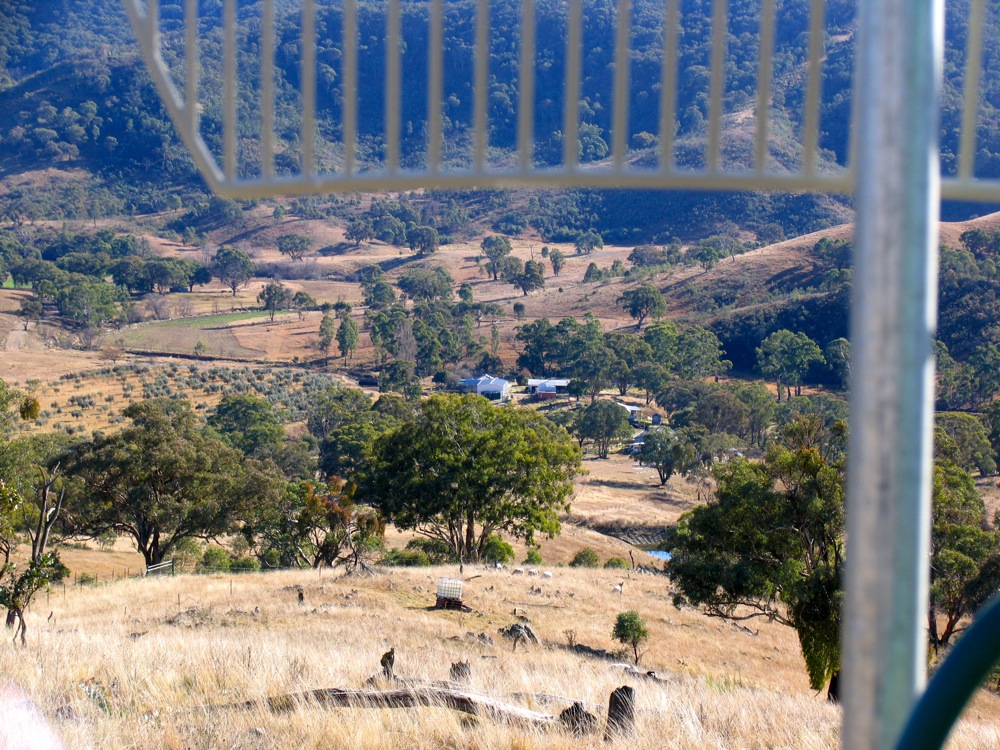
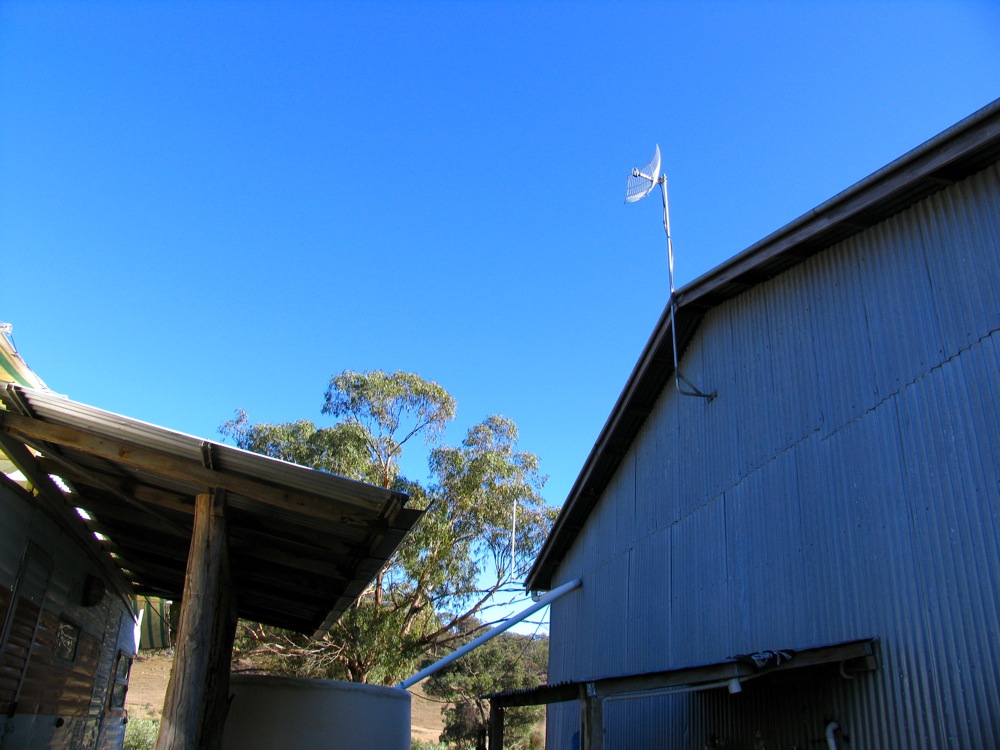
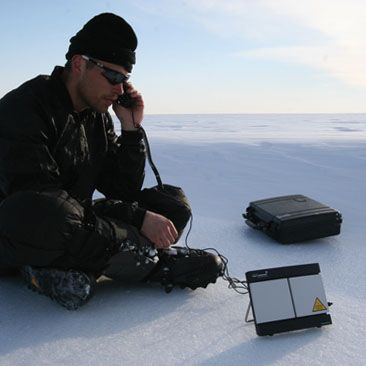
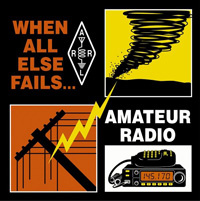


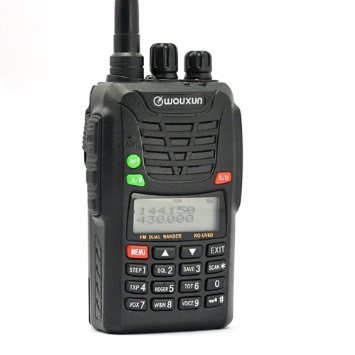
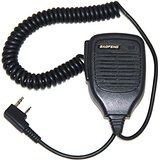

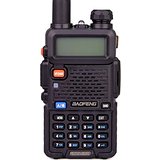
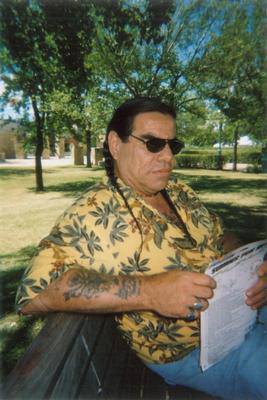

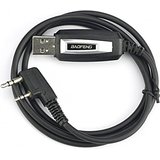

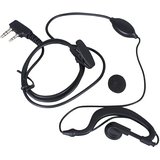


 RSS Feed
RSS Feed
